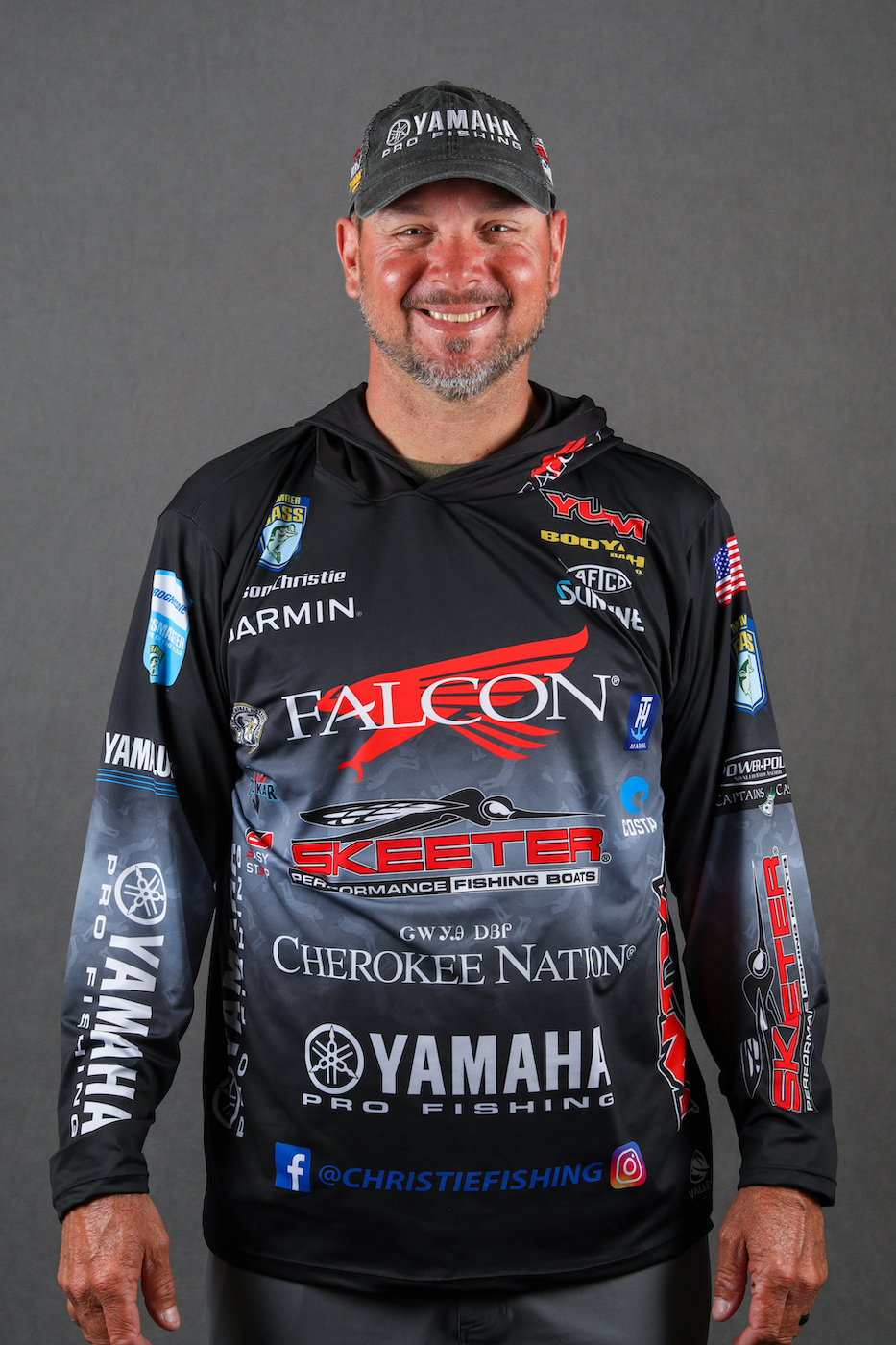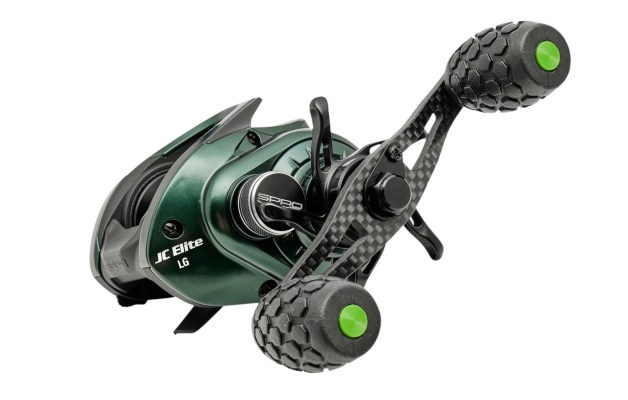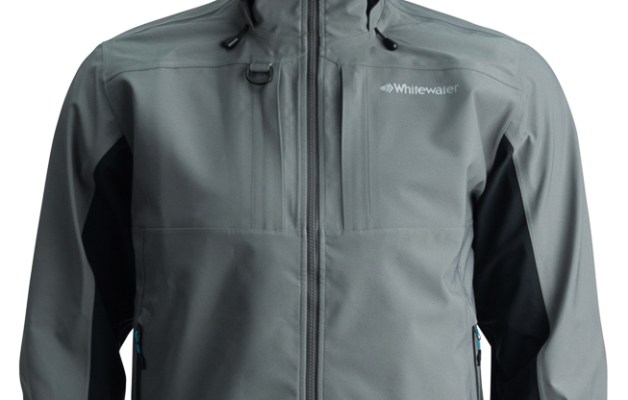With ICAST just a couple of weeks away, I’m looking forward to seeing all the new items that fishing tackle manufacturers will introduce. I can’t share any details just yet, but I can say that several of my sponsors will bring their developments to the roundup.
Looking back at my involvement in a few of these new products, I think fishermen might be interested in knowing a little bit about how the process works.
To start with, it’s kind of a team effort between professional anglers and the sponsors. Some ideas come from anglers and some ideas come from sponsors. Either way, it’s the combination of all these thoughts that makes the process work.
People hear the term “prototype” a lot and that really is a big part of the development. Whether it’s a new rod, reel or soft plastic bait, we’re given this unreleased product and asked to put it through the toughest test we can and see if it’s ready for market.
Sometimes, I’ll test a product and give it my approval, but sometimes I just don’t think the product is ready, so it goes back for more development.
That’s why most companies have several pro staffers. It wouldn’t be good to have just one person because you need several different perspectives. It’s the combination of all this input that helps a manufacturer develop the best product they can make.
When it comes to working with prototypes, the first thing that I do before I take a bait to the lake is I go to the pool. I want to see how that bait works; and not just at the surface, but also 10 feet deep.
I can tell a lot by looking at something in the pool. Whether it’s rods, reels, line or baits, it has to pass the pool approval first and then I go to the lake. There are some things I look at in the pool that never make it to my boat, but that’s a good starting point.
This pool testing, and then the next stage of lake testing play important roles in product development because it’s just not something I can do during a tournament week. We typically have two and a half days of practice for a Bassmaster Elite Series event, and it’s hard to give new baits the attention and analysis that my sponsors need. During a tournament, I have to use baits that I know will deliver.
So I do my lake testing while I’m fun fishing, maybe on a day when I take a buddy. I’ll use an established bait and then I’ll give him the prototype, or vice versa, for a side-by-side comparison.
A lot of the analysis is just a matter of my observations based on what I expect out of a particular product. From my sponsors’ perspective, they give me the prototypes and the only real directive is: “Tell us if this will make you a better angler. Is this something that will sell and something you will feel confident promoting?”
With some items, like baits, I can get a good feel for them in my pool. Other products like electronics require on-the-water testing. In every case, I keep an open mind; you just can’t have any preconceived ideas about new products.
I’ve gotten a lot of prototypes over the years, but without a doubt, the one that immediately stood out as a winner was the YUM Christie Critter. The subtle action in the pool was great, the size was just right, I liked the color selection and I found the density was just what I want for a flipping bait.
I knew this bait was going to be good as soon as I saw it. I’ve caught a lot of fish – a lot of important fish – on this bait, and I have a lot of confidence in it. All I have to do is get around them.
In addition to the field testing and feedback that professional fishermen provide for sponsors, input from fans and other anglers can also enter into the equation. Maybe it’s something about the action of a rod or regional color preferences for soft plastics.
I think the combined input from pro-staffers and other anglers can be very helpful, because it’s not that common for manufacturers to create the next great product on the first attempt. Usually, it’s a long process with a lot of analysis and multiple prototype levels.
A lot of what we do in the field drives this. The engineers may come up with an idea and we tweak it and go through another round of prototype testing. Sometimes, they hit the nail on the head the first time, but more often than not, we have to make some adjustments to get it just right.
It’s different every time and I think that’s what I like most about the process – there’s no one set formula for how long it will take.
By the time the consumer gets a package of baits, or a new reel, or a new flipping stick, it’s gone through a lot of analysis and tweaking. It may take several weeks or months, but when we can bring something to the market that will help people catch more fish, it’s worth every minute we put into it.
This is what ICAST is all about. It’s kind of like Christmas – you’re excited to see what’s waiting for you, but you can’t open your presents early.





